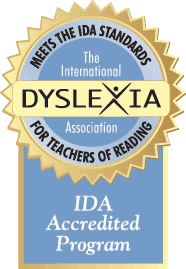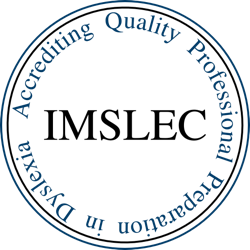Let’s Write! Improving Students’ Pencil Grasp
Posted by Brainspring on 30th Jan 2017
Research says…
Close that laptop, put away the iPad and let’s write! If we want kids to learn to read, we should teach handwriting beginning in preschool. Brain scanning has demonstrated that handwriting in manuscript helps preschoolers learn their letters (James & Englehardt, 2012).
Learning handwriting in preschool is better than learning letters on the computer because research shows that handwriting in print—not keyboarding—leads to adult-like neural processing in the visual system of the preschool child’s developing reading brain (Stevenson & Just, 2014).
It is in the Grasp
The correct pencil grasp is essential for good handwriting. The key to deciding whether a pencil grip is the correct one is to ask whether it is efficient.
An efficient pencil grasp is one that allows the child to write neatly at a reasonable speed without tiring easily. Poor pencil grasps look awkward and does not use the hand muscles efficiently. This results in the child tiring easily and being unable to produce neat handwriting (BrightHubEducation 2016).
To write comfortably and correctly, preschoolers should be using the tripod grip. According to DrawYourWorld.com, “The pencil should be positioned so that there is equal pressure between the thumb, the side of the middle finger and the tip of the index finger. All fingers are bent slightly. this is called a “tripod grip” or “tripod pencil grasp”.

Tips and Tricks
Here is a collection of activities to improve pencil grasp in young children:
- Vertical Surfaces:
- Easels, dry erase boards, chalkboards, or even paper taped to the wall at shoulder height places the wrist in a good position for writing. Working on a vertical surface builds arm and shoulder strength.
- Place green dots or lines at the top and left side of the surface and red ones at the bottom and right. Encourage students to draw from “top to bottom” and “left to right” always traveling from green (go) to red (stop).
- Pinscher Grip Activities:
- Tongs and tweezers encourage the use of the thumb, index and middle finger.
- Challenge students to hold a small pom-pom or pencil eraser in their last two fingers (ring and pinky) as they pick up and transfer objects from one container to another.
- Squirt Toys: Use their tripod grip to squirt water
- Grains of Rice: Pick them up one by one.
- Bubble Wrap: Encourage children to use their tripod fingers to pop the bubbles.
- Tearing and crumbling paper: using the first three fingers, tear small bits of paper then mold into tiny balls. Create a collage.
- Bigger is Not Always Better:
- Supply children with small writing utensils. Golf pencils and bits of crayons or chalk encourages young children to use their tripod grip while drawing.
Now it’s time to pick up that pencil:
- Have your child place their pencil on the table with the point facing them.
- Ask them to use their “pinscher grip” (thumb, index and middle fingers) to pinch the pencil near the tip.
- Next, have them use their other hand to flip the opposite end of the pencil (near the eraser) “up and over” until it is resting on their web between the thumb and index finger.
- Encourage them to write a few lines, then practice again.
Handwriting can and should be practiced throughout the day in many different ways. Encourage the young to pick up a pencil for there is a song to be sung.
Ockner, Sari. “Five Strategies to Improve Pencil Grasp for School-Aged Children”. Kidz Occupational Therapy.com. N.p.. 11 September 2011. Web Blog. 17 Jan 2017.
Cox, Janelle. “Activities to Improve Pencil Grasp”. Bright Hub Education. N.p.. 30 September 2015. Web. 16 Jan 2017.
Gentry, J. Richard. “5 Brain-Based Reasons to Teach Handwriting in School”. Psychology Today. N.p.. 15 September 2016. Web. 16 Jan. 2017.
Stitzer, Kim. “Hold the Pencil”. Draw Your World. N.p.. 12 July 2011. Web Blog. 16 Jan 2017.
Utzinger, Cindy. “Fine Motor Activities To Encourage Good Pencil Grip”. Melissa and Doug. 21 August 2013. N.p.. 17 Jan 2017.
Ingrid Hartig, M.Ed., CDP
Ingrid Hartig is a Master Instructor and Education Consultant with Brainspring Educator Academy.
LEARN MORE ABOUT BRAINSPRING’S ACCREDITED ORTON-GILLINGHAM PROFESSIONAL DEVELOPMENT
LEARN MORE ABOUT BRAINSPRING’S MICHIGAN-BASED LEARNING CENTERS
ACCREDITATION:



